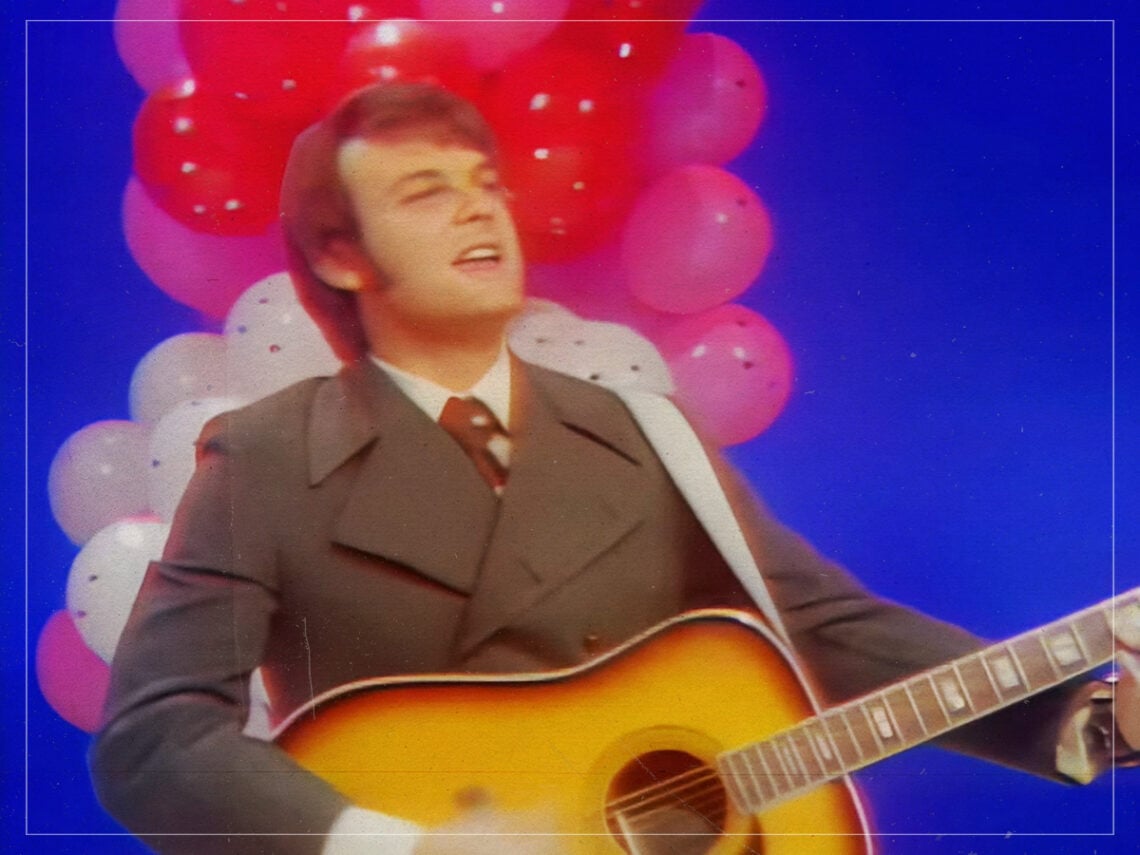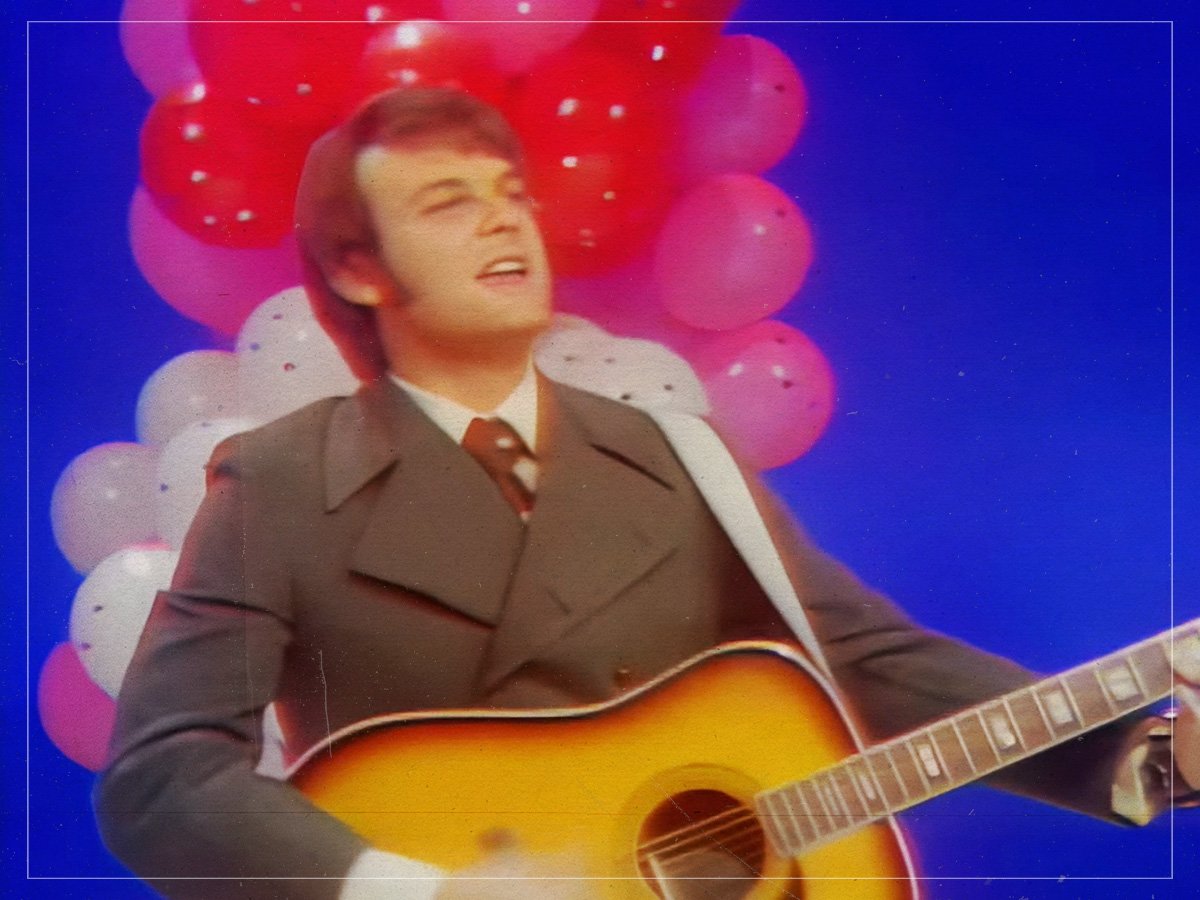
(Credits: Far Out / YouTube Still)
Sun 12 October 2025 13:00, UK
Amid the 1960s’ tumultuous close, most people were listening to the bubblegum pop of Tommy Roe over much of the counterculture’s efforts.
While The Rolling Stones and The Beatles all graced Billboard’s top spot, for the most part, suburban kids were listening to the likes of The Archies’ ‘Sugar, Sugar’ or Ohio Express’ ‘(Yummy, Yummy, Yummy) I Got Love in my Tummy’. A pioneer of bubblegum, Georgian heartthrob Roe had been specialising in a variant of easy listening but fed through a sugary pop filter that delighted the pre-teen market for years until striking his defining hit.
First cutting records right at the decade’s start, Roe would drop several releases of rock and roll lite, before scoring his first number with 1962’s ‘Sheila’. A tour of the UK would follow the next year, supported by a certain Fab Four on the cusp of Beatlemania, reportedly impressing Roe so much that he made tentative efforts to rope in ABC-Paramount to sign the Liverpudlians, only for the label’s rep to dismiss them as “the worst piece of crap I’ve ever heard”. Roe knew better, sensing the shifting pop winds spelling the arrival of the British invasion in due course.
After a brief dally in the Army Reserves, Roe thought long and hard about how to weather the UK’s imminent pop storm. “While I was in the service, I was thinking… when I get out, I’ve got to go back into the studio,” Roe once said. “What am I gonna do that will be different, that can compete with all these British acts? So I came up with the idea – I called it ‘soft rock’.”
Soft rock is an intriguing term. Today, such a tag evokes in the mind the likes of mulleted drips like Foreigner and Chicago, or reaching back to the Eagles if we’re being remotely kind. Yet, for Roe, soft rock meant a peppy counter to the West Coast seriousness that would soundtrack the Woodstock generation. Such a formula would serve him well, scoring his second number one as the peace and love idyll was turning sour.
Dropped in March 1969, the effervescent ‘Dizzy’ stayed at the top spot for four weeks, a deceptively complex fairground single that hides plenty of key changes despite its seemingly simple arrangement. To this day, many lists and publications include ‘Dizzy’ as one of the decade’s greatest songs, despite its sheer bubblegum pop.
The irony is, the supposed double denim saviours of rock wound up lapsing into over-serious singer-songwriter types, arena rock bloated dinosaurs, or the excessive absurdities of prog. The punks and the new wave looked at Roe’s “soft rock” as their key template, the Ramones famously speaking highly of the bubblegum pop of their youth, and everybody from The Cars to Talking Heads would borrow or lift certain bubblegum licks from yesteryear.
“Some of my best songs flowed through me like water in a stream,” Roe once revealed, offering a humble but reverent insight into his creative intuition. “It’s as if they were sent to me from some musical place in the clouds. I have thought about this phenomenon for years, and I am no closer to understanding the process of songwriting.”
Related Topics

